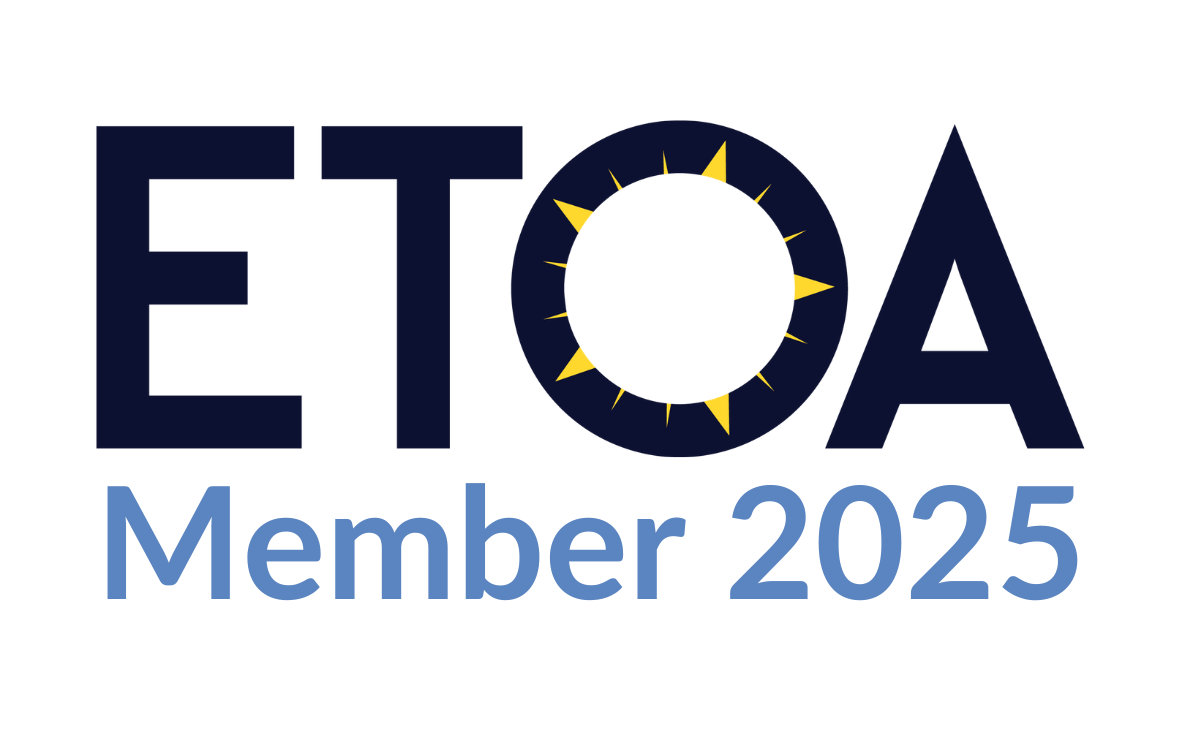The Great Moldova - (Bucovina and Republic of Moldova)
Come and visit two regions whose people have shared a common history for many centuries, the same language and similar traditions! The fight for power and new territories of the Ottoman and Russian empires contributed to a different evolution during the last 200 years.
Despite of that, today the bonding is still visible in the Romanian region of Moldova and the independent Republic of Moldova.
One of the great assets of the past, the wine growing tradition represents a rich testimony for both countries. Boutique or impressive cellars offering exquisite and flavored wines, combined with culinary experiences and scenic landscapes waits for you to be part of a pleasant journey!
Departures: All year
Duration: 9 days / 8 nights
PRIVATE TOUR: Private tour / small group
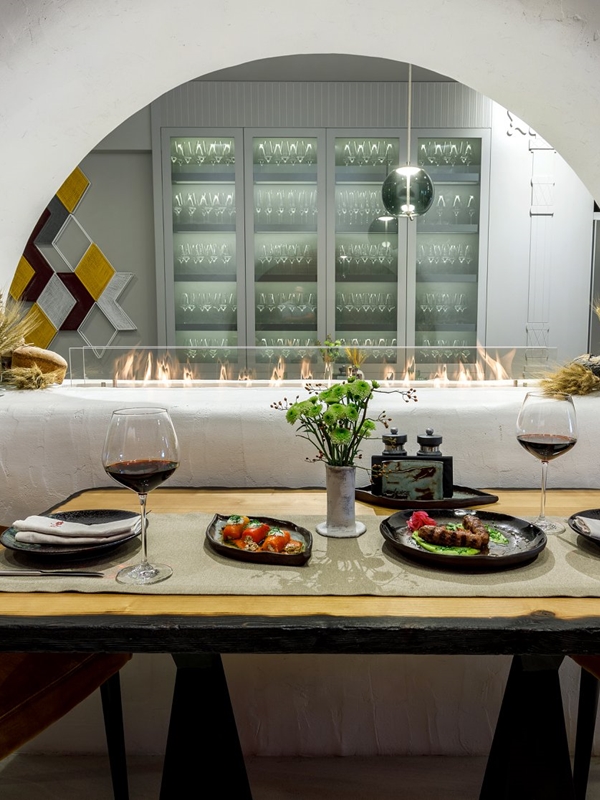
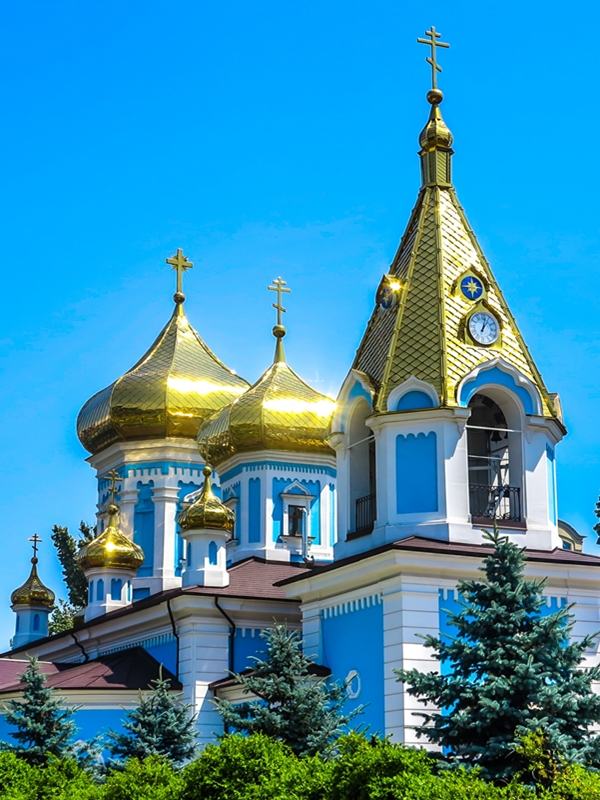
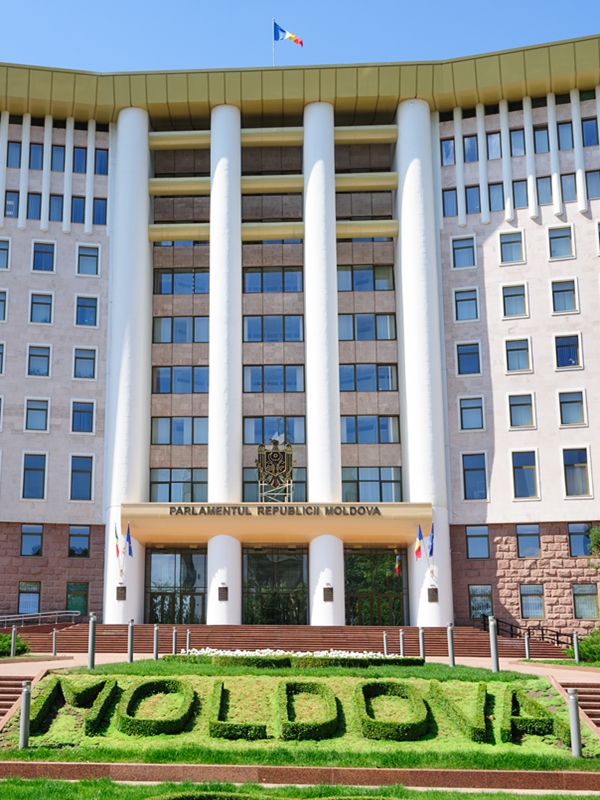
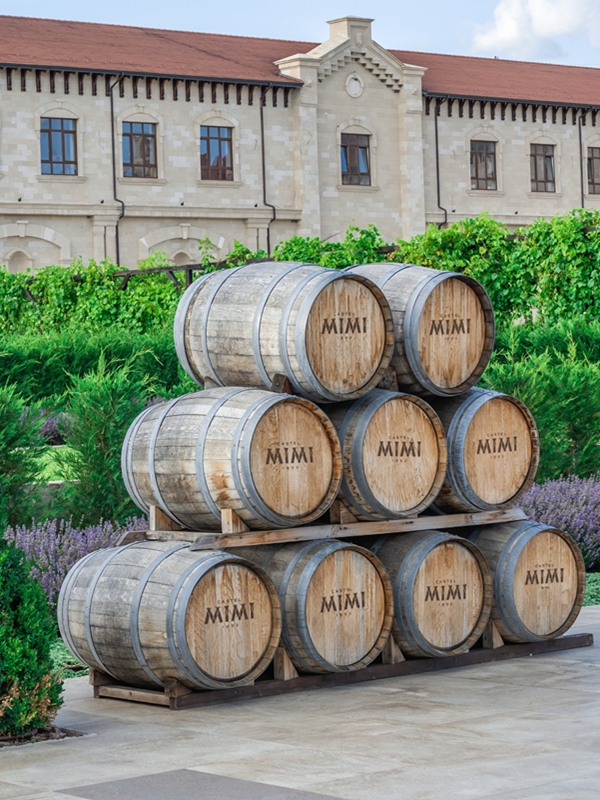
Day 1: Chisinau
Arrival to Chisinau airport. Meet the guide at the airport and transfer to the hotel. Accommodation for two nights at 4* star hotel.
Day 2: Chisinau - Castel Mimi Cellars - Chisinau
Breakfast. Short drive outside of Chisinau to Castel Mimi, an impressive chateau built at the beginning of the XXth Century by an emblematic politician and wine maker of Moldova, Constantin Mimi, the last governor of Bessarabia during Russian Empire. The tour includes a captivating walk through the castle’s cellars, gardens, courtyard and the production area of the winery. Castel Mimi’s underground galleries are more than a century old. There are several wine collections produced here (Reserve, Classic, Animaliens, Select, Ice Wine), one could choose for an interesting tasting experience. Wine tasting and lunch.
Return to Chisinau and walking tour in the afternoon.
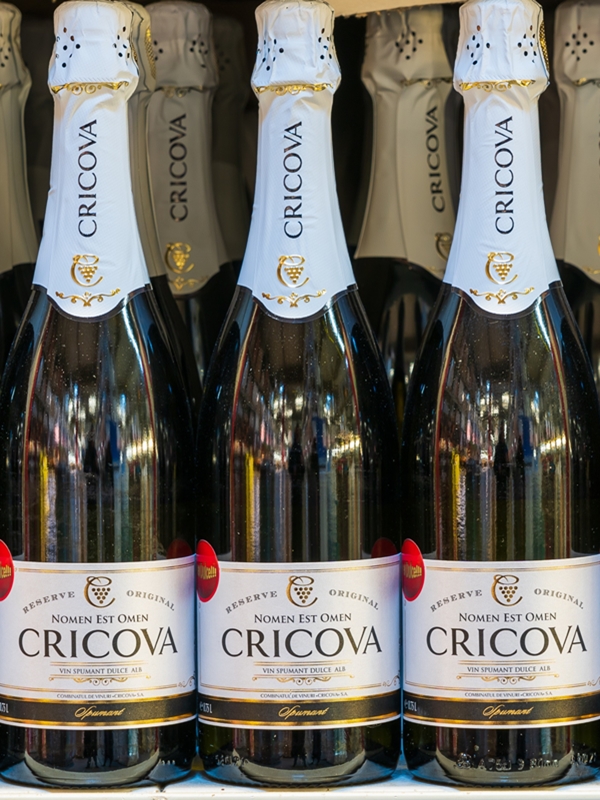
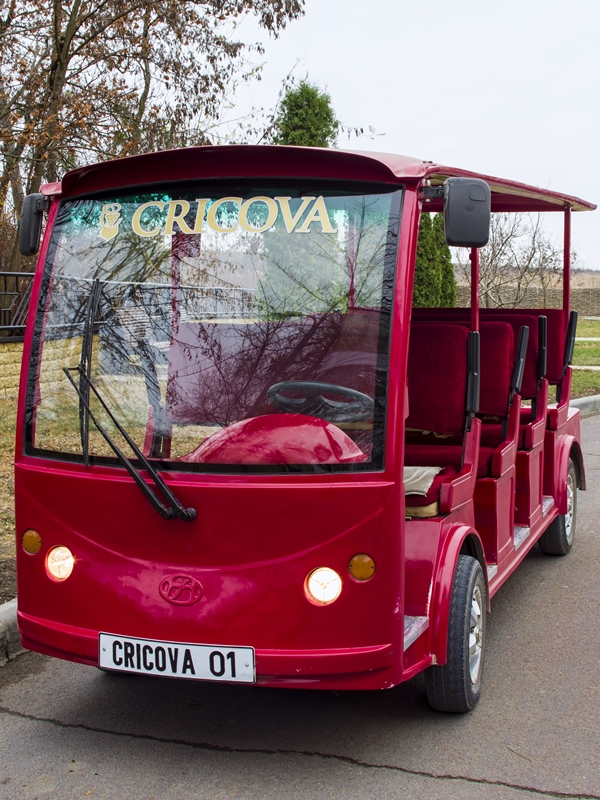
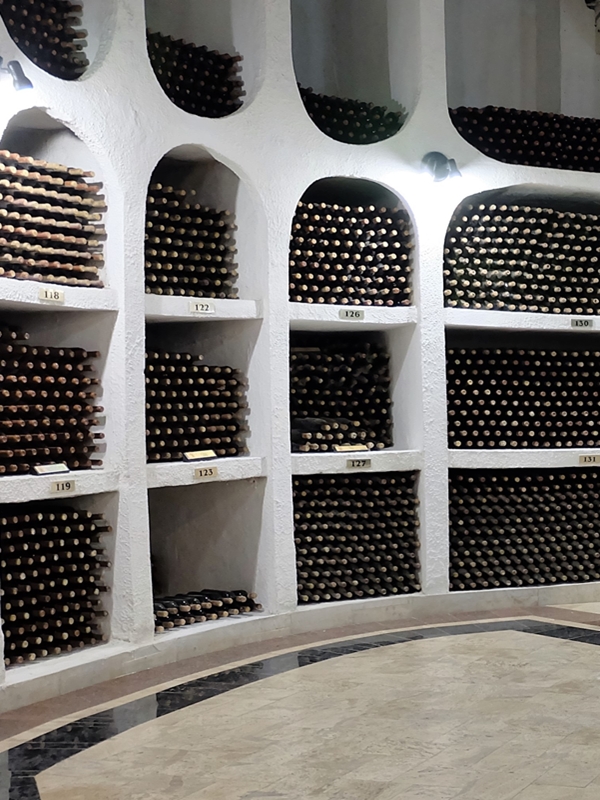
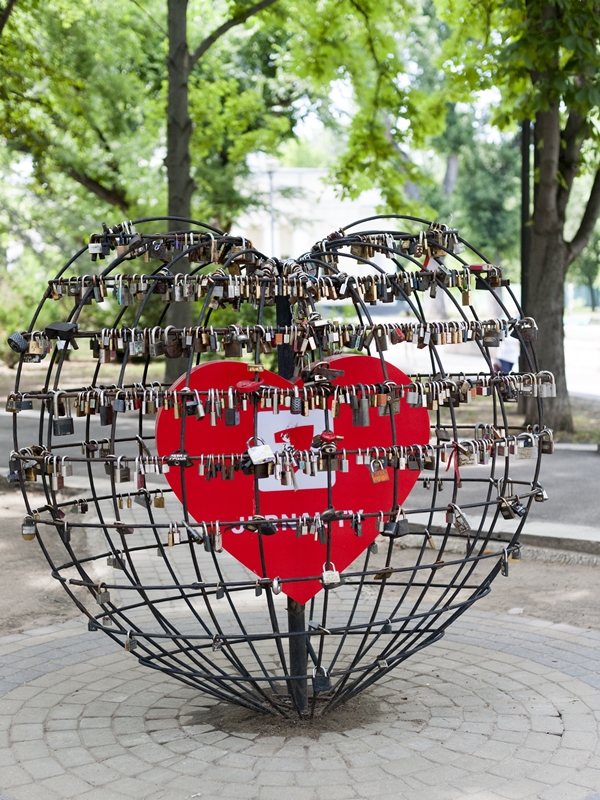
Cricova cellar represents biggest and one of the most impressive wine cellars from Europe with a history back from 1952, boasting 120km of labyrinth roadways. As of 2008, the collection consists of over 70 silver, gold and Grand Prix awards. Among the large variety of wines, Cricova makes a unique sparkling red wine, kodrinskoie-sparkling, made from Cabernet Sauvignon stocks and marketed as having a 'rich velvet texture and a blackcurrant and cherry taste'. The method used is in accordance with the classical French method, purportedly invented centuries ago by the monk Dom Pierre Perignon - 'methode Champenoise". Visit including wine-tasting.
Orheiul Vechi. Overlooking the Raut River, this open-air complex features fortifications, baths, caves, ruins, and monasteries – all which date back as late as the Dacian tribes of 2000 years ago. The ancient monuments date from various periods including the Tatar and Mongol invasions, the 10th century BC, and more recently the occupation of the Golden Horde in the 14th century. Traditional lunch and dinner in the village and accomodation in Soroca at night.
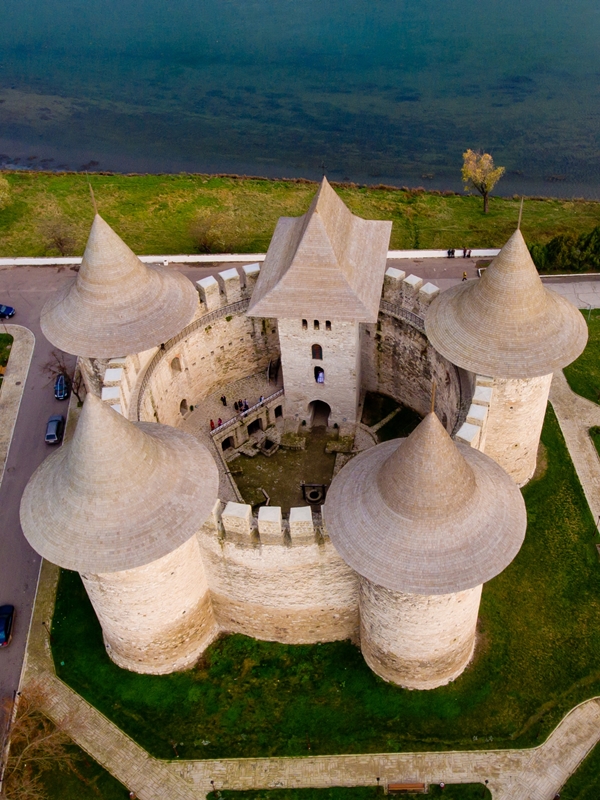
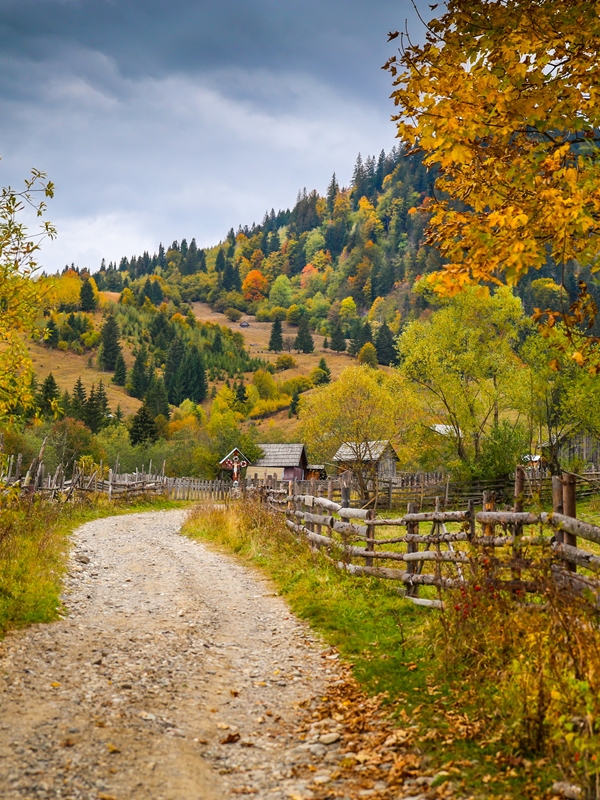
Soroca. Build in wood in 1499 by the great ruler of Moldova, Stephen the Great and transformed into the actual stone and brick structure by his son, Petru Rares, this fort has an unusual round shape, an unique monument of the military architecture of Europe. Soroca represents the only citadel in republic of Moldova, that is preserved until today.
Leave for Romania and reach Suceava city, the former capital of the historical medieval region of Moldova
Visit Suceava citadel, the unconquered fortress of Moldova, with a history since the XIV century; royal residence of several leaders, including Stephen the Great, the citadel represents a symbol of resistance against the Ottoman rule.
Accommodation in Suceava.
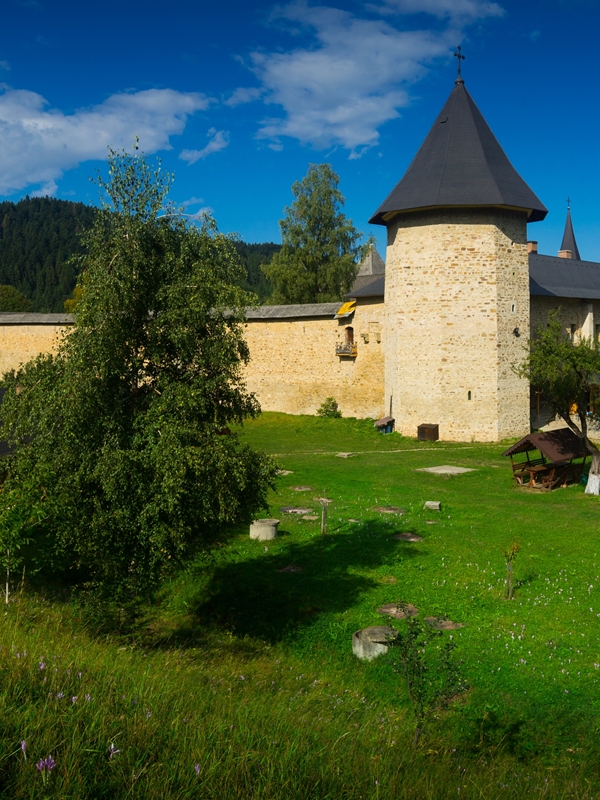
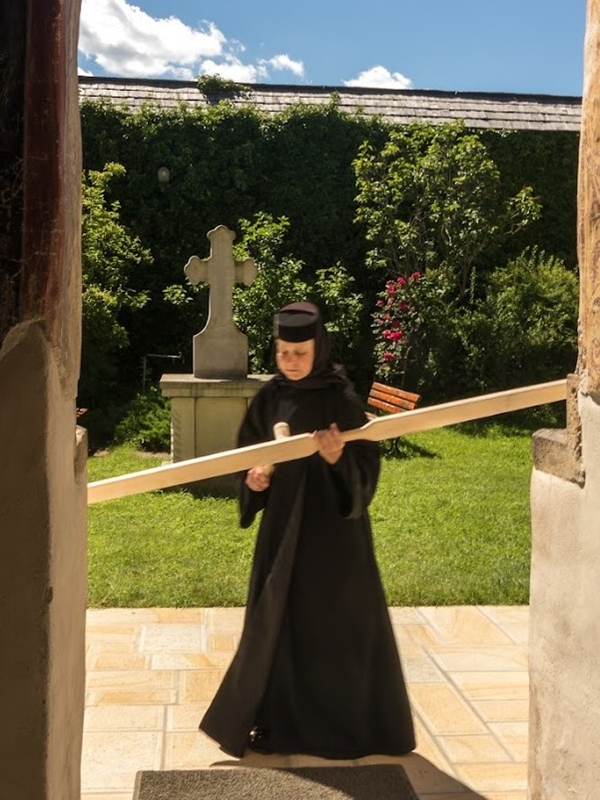
Breakfast in the morning, then we will visit three of the most famous and beautiful Painted Monasteries of Bucovina (UNESCO protected cultural sites):
Sucevita (founded in 1581 by Gheorghe Movila, Bishop of Radauti, Sucevita was the last of the 22 painted churches of Bucovina and has the largest number of painted images; it was a princely residence as well as a fortified monastery),
Moldovita (built by Petru Rares in 1532, the predominantly gold and deep blue paintings on the exterior walls were completed in 1537; the large and vivid Siege of Constantinople highlights the frescoes, while another stunning representation depicts the Tree of Jesse, representing Christ’s genealogy, a wide-spread iconographical theme in Europe during the Middle Ages)
Voronet (1547, surnamed “The Sixtin Chapel of the East", this "jewel of Bucovina" was built by Romanian great ruler Stefan the Great in 1488, and it is well known for its frescoes with predominant blue color - Voronet blue, that depict a fairy-tale world, painted on a "piece of heaven").
Today, a special visit is dedicated also to the Museum of Painted Eggs “Lucia Condrea” in Moldovita. The Easter, the most important and the greatest Christian holiday of the year has always been worshiped by the Romanians as a day of holly joy. Among all Romanian customs, the one of painting eggs for Easter is by for the finest and mildest and maybe nowhere else like in Bukovina the egg isn’t looked upon and considered with so much love the custom of painting it is raised at a high artistic level. In Moldovita (Bukovina) this tradition is at home. Member of the Artistic Union of Romania and having a lot of prize within the most important exhibitions of art in the world, Lucia Condrea is an unique artist and the eggs painted by her are the reflection of a gift with which she is endowed by God to make the other people happy.
Another interesting site we will enjoy today is Marginea village, famous for its black pottery. Visit to the workshop included.
In the evening, return back to Suceava and overnight in the same hotel.
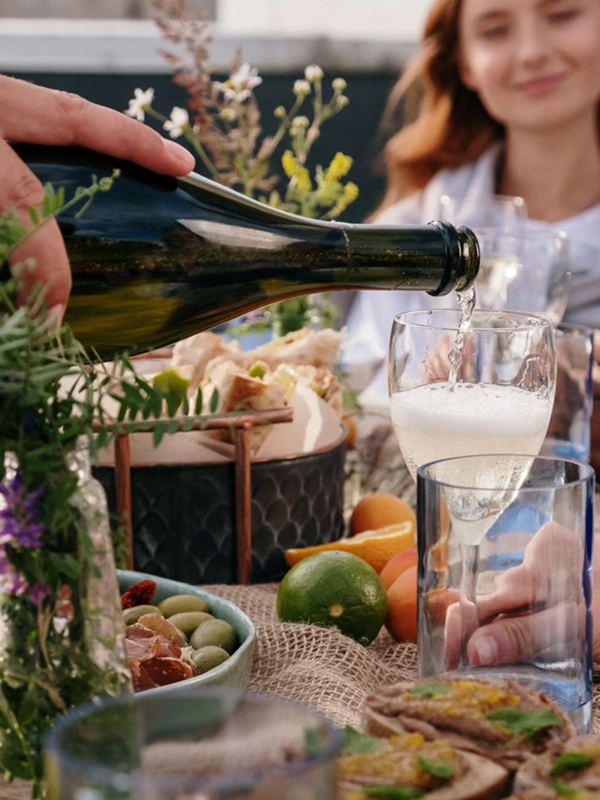
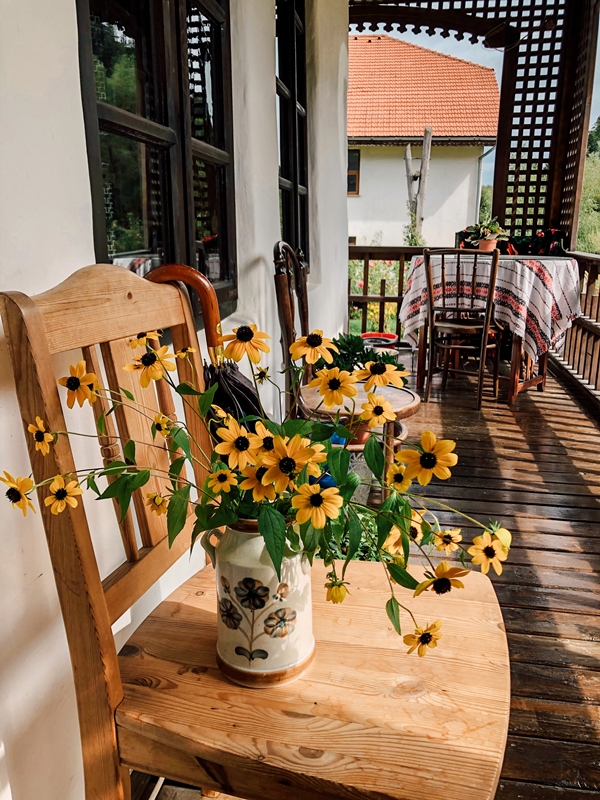
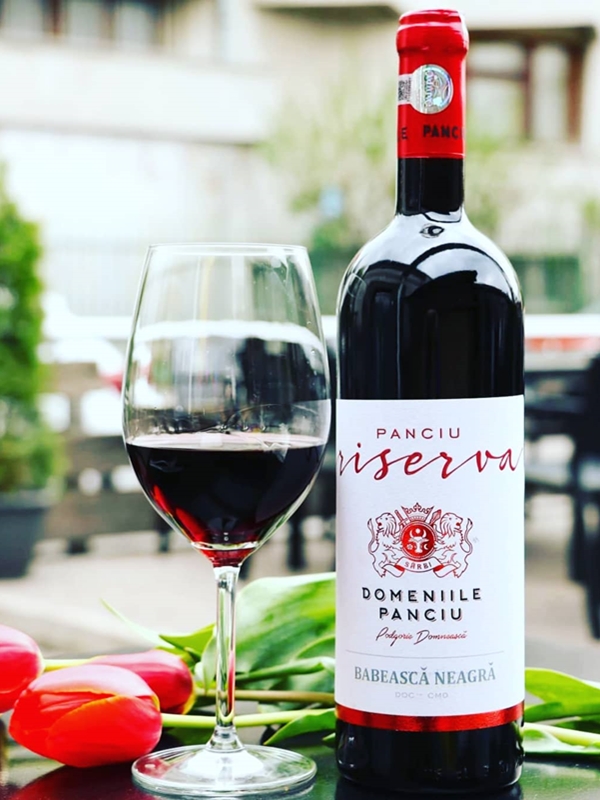
The vineyard culture at Cotnari is dated back since the 1st century BC. The accounts become important during the reign of the most important rulers of Moldova from the XV-XVI centuries. Today, Cotnari wines have exceptional qualities obtained by limiting average grape production in the attempt to choose quality at the expense of quantity. Spread over 1,700 hectares of vineyards through high-performance agricultural work, the company produces unique (mostly) white varieties as the medium-sweet "Grasa de Cotnari" who won a large number of distinctions in international and national wine competitions, as well as "Tamaioasa Romaneasca", "Francusa", or the famous roze "Busuioaca de Bohotin". Wine-tasting and lunch.
Afternoon we will discover the beautiful Agapia Monastery. It is the only monastic settlement in the country that bears the name of “Christian love”, which comes from the Greek “agapis”. The monastery is famous around the world due to its interior frescoes painted in 1858 by the great Romanian painter Nicolae Grigorescu (one of the founders of modern Romanian painting).
In the evening, we reach Domeniile Panciu Winery & Resort. Placed in the Moldavian Hills, the region was known since long time ago with a mild and pleasant climate, beneficial for wine growing who nowadays is spreading over 120 ha of land. Thus, the wine leaf on the Moldavian coat of arm comes from this area. The quality of wines from Panciu is documented since the XVII century when the leaders of Moldova decided to buy wineyards and to build manors, as well. Local varieties as "Babeasca", "Plavaia", "Feteasca Neagra" and "Feteasca Alba" gave successful productions over these hundreds of years. Wine tasting, dinner and accommodation.
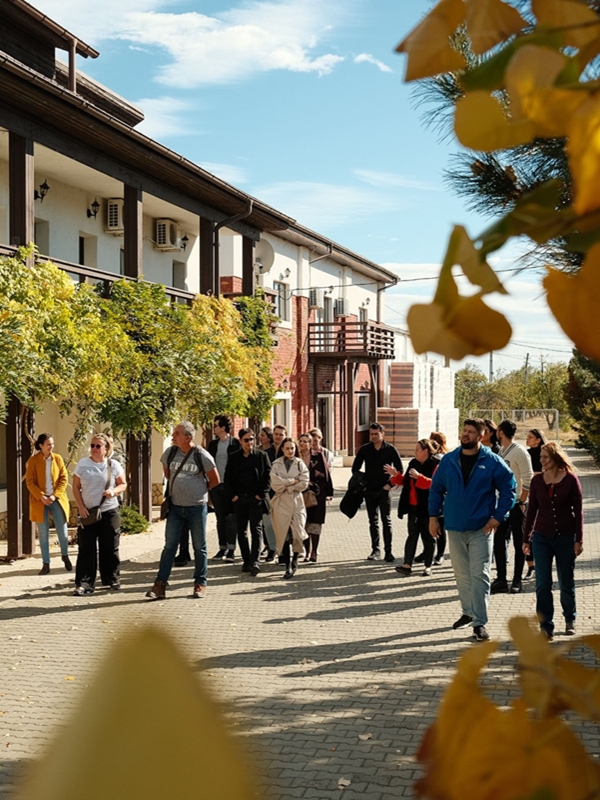
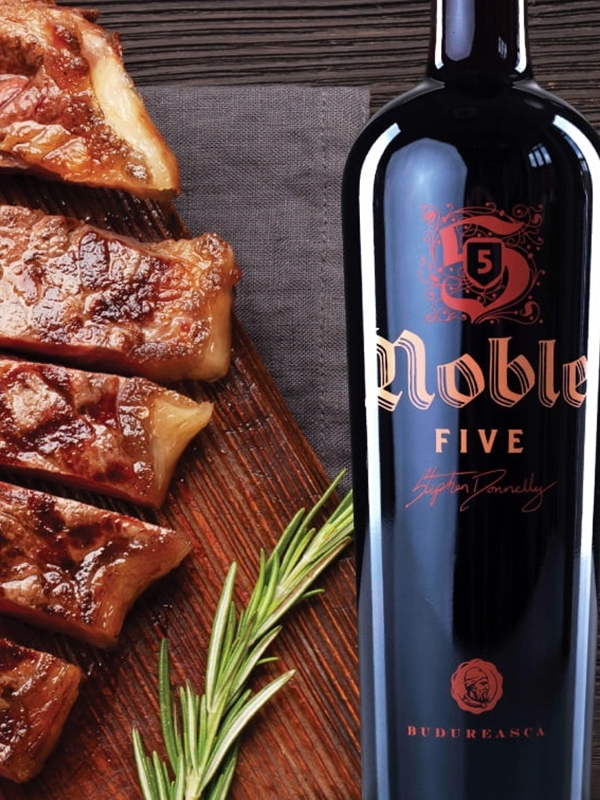
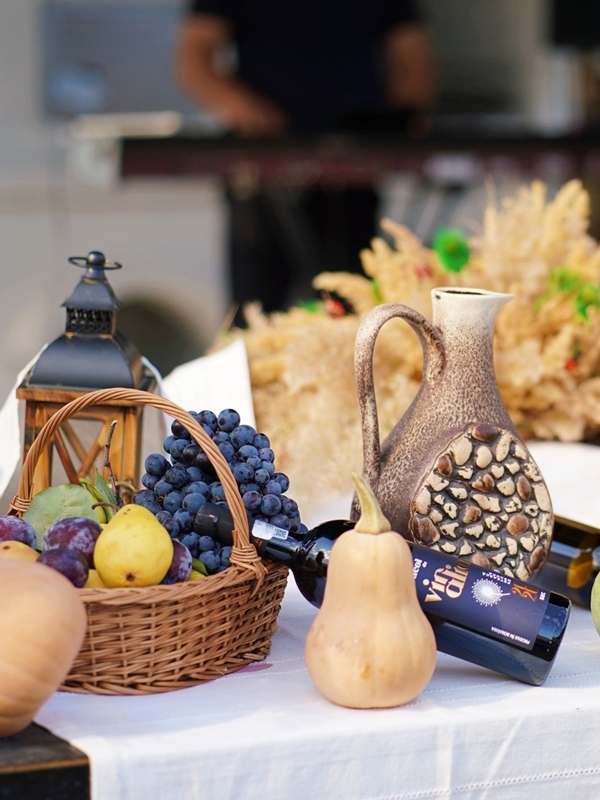
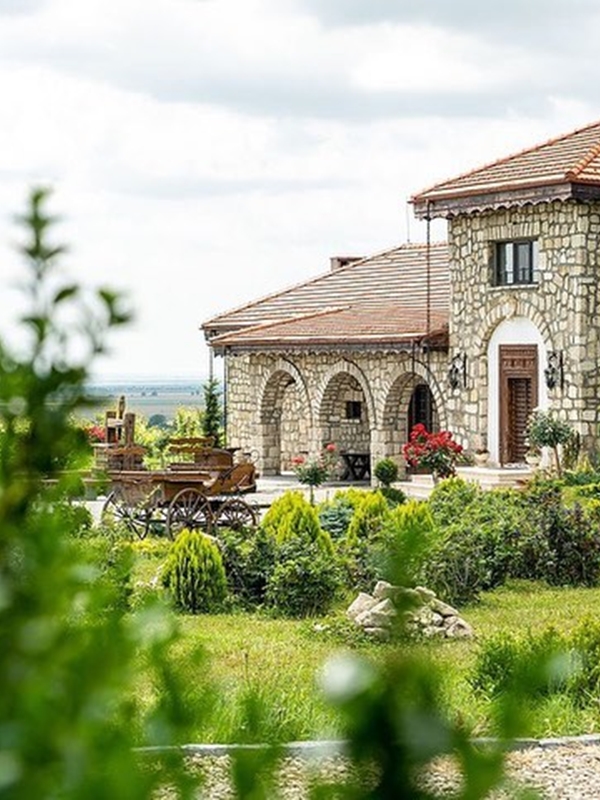
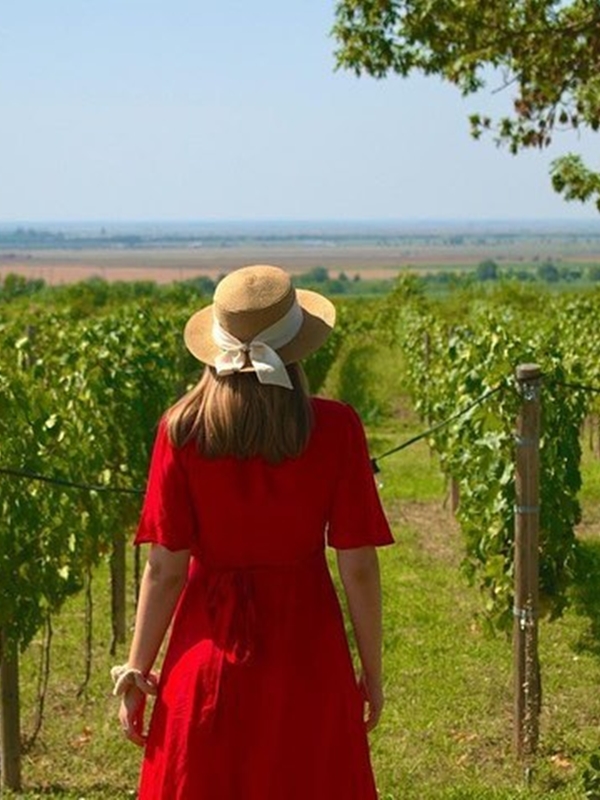
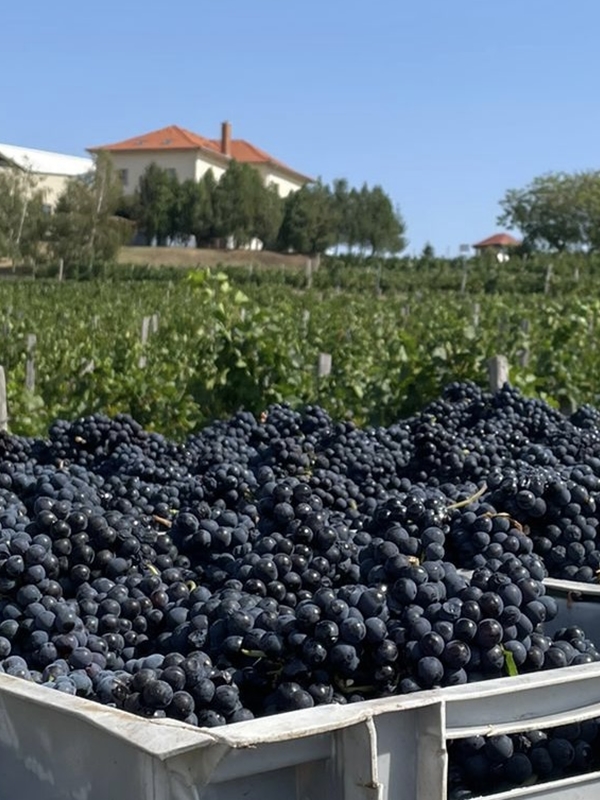
Breakfast. We continue the journey along the Carpathian foothills, probably the most popular wine growing area from Romania – Dealu Mare region, placed on the same latitude as Bordeaux and Tuscany. The existence of vines in this area is confirmed by archaeological excavations, pottery remains and the toponymicals which confirms the presence of vineyards from ancient times. In the foreign documents the wine was described as"oily, strong and durable".
The white wines produced in this region are distinguished by a high level of extract, a velvety structure and a medium acidity due to Southwestern exposure. In some areas, the soil has a concentrated content of calcium carbonate, which favors the cultivation of aromatic grape varieties like "Tămâioasă Românească" and "Muscat Ottonel". The red wines are well-balanced, full-bodied, with a smooth texture, a long aftertaste and aromas like berries, spices, morocco, coffee, cocoa or chocolate. Due to their qualities, most of the red wines have great ageing potential.
There is plenty of wineries build in the latest decades under a boutique approach manner, combining modern technologies with a traditional way of growing wines. Among the variety of the wineries from this region worth to be mentioned: Lacerta, Domeniile Sahateni, Pietroasele, 1000 de chipuri, Basilescu, Budureasca, Ceptura or Licorna. We shall visit 2 wineries, lunch included.
Afternoon in Bucharest. Accommodation for 2 nights.
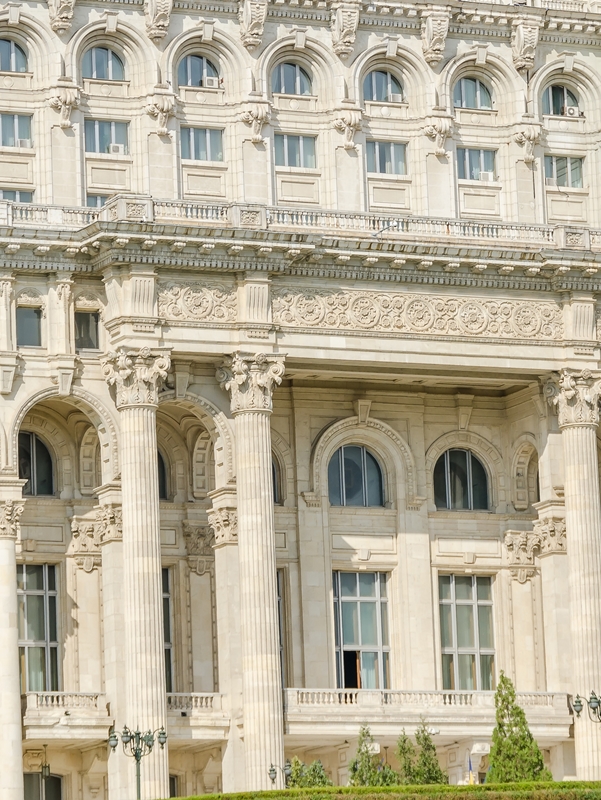
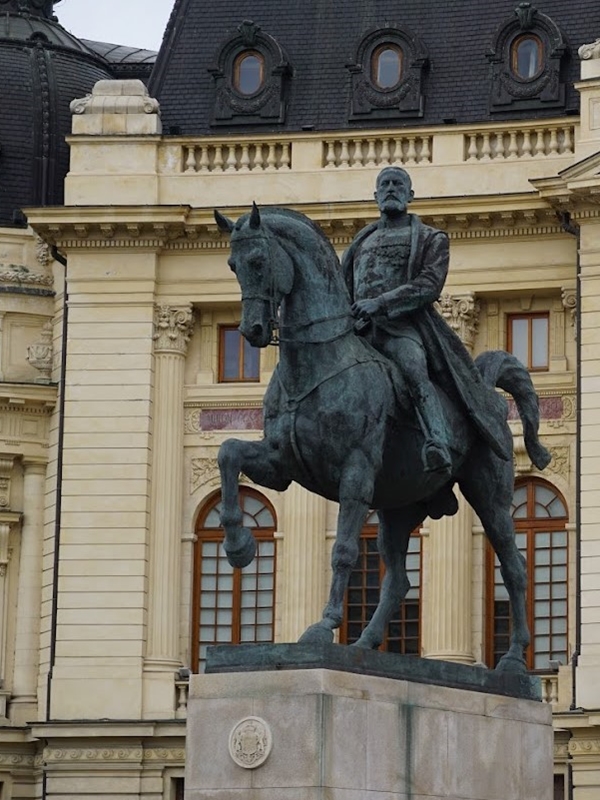
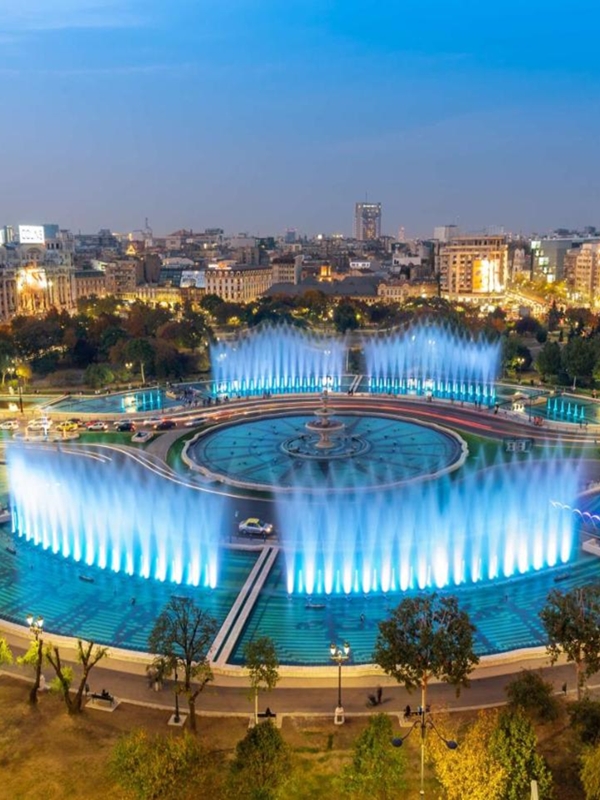
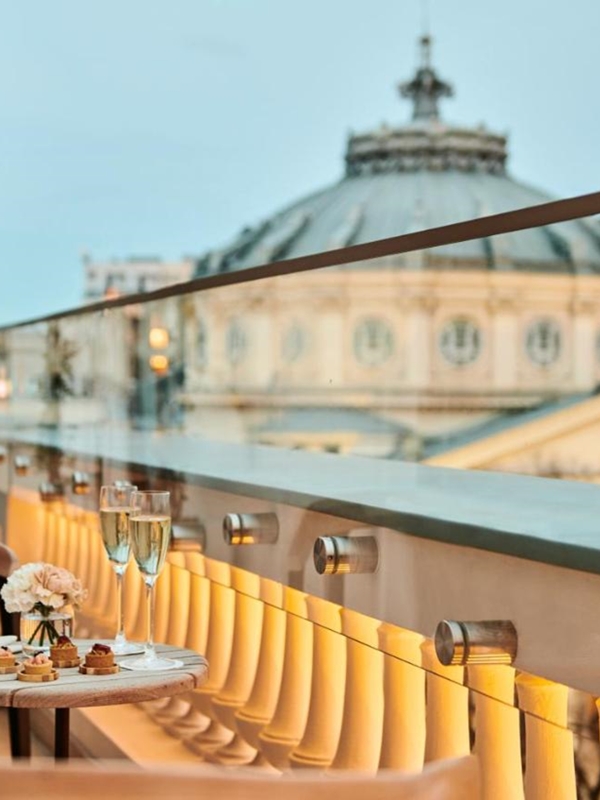
Day 8: Bucharest (sightseeing tour)
Meet the guide after breakfast, and then begin the sightseeing tour of Bucharest – the Romanian Capital.
The tour will start in the morning at your hotel and following a four hour itinerary that will show the participants the most interesting sights of Bucharest downtown with entrance at the Parliament Palace and The Village Museum.
The itinerary will include: Free Press Square (Piata Presei Libere) – The Arch of Triumph (Arcul de Triumf) – Victoriei Square (Piata Victoriei) – Calea Victoriei – Revolution Square (Romanian Atheneum, Revolution’s Memorial) – The Palace of Parliament (Palatul Parlamentului) – Union Square (Piata Unirii) – University Square (Piata Universitatii) – Romana Square (Piata Romana) – Victoriei Square (Piata Victoriei) – Charles de Gaulle Square (Piata Charles de Gaulle) – The Village Museum (Muzeul Satului).
Of course, we will not miss the Old Town of Bucharest!
After a refresh break at the hotel after the city tour, we will get ready and go out to the restaurant for a farewell dinner! We will enjoy a traditional Romanian dinner, try some traditional dishes and get familiar with the local culture through the live music and show of folk dances, in a cozy and famous restaurant in Bucharest!
Day 9: Bucharest (end of the tour)
Breakfast in the morning, then free time at your disposal to enjoy the city as you wish, have a walk, make some shopping, until your departure flight. Transfer to the airport for your departure flight and end of the tour.
PRIVATE TOUR by car/minivan
*ask for a quotation depending on the number of people travelling together
- Professional guide assistance, English speaking (or other languages upon request), during the whole trip;
- Transport by private modern AC car/mini-van (fuel and parking fees incl);
- Airport pick-up/drop off;
- 8 nights accommodation, breakfast included, in hotels and guesthouses;
- Wine-tasting with lunch at Castel Mimi, Cotnari and Dealu Mare;
- Wine-tasting at Cricova and Dealu Mare;
- Wine-tasting with dinner at Panciu;
- Lunch at Orheiul Vechi;
- Farewell dinner in the last evening in Bucharest;
- City tour in each city in the trip.
- Entrance fees to the touristic attractions included in the itinerary;
- Photography fee;
- Meals, other than those mentioned in the itinerary;
- Other expenses (such as souvenirs, room service, tips and so on).

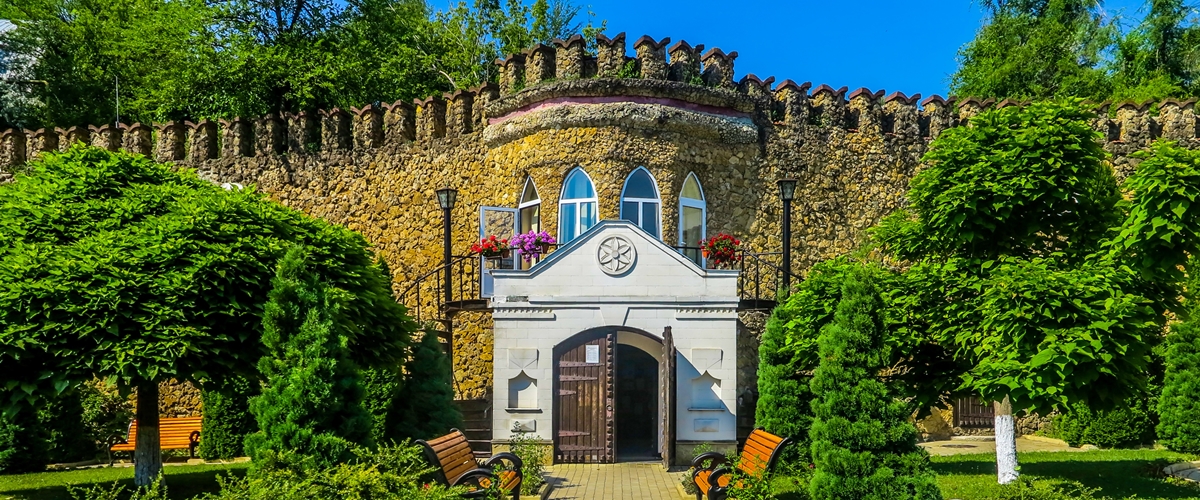



.png)


